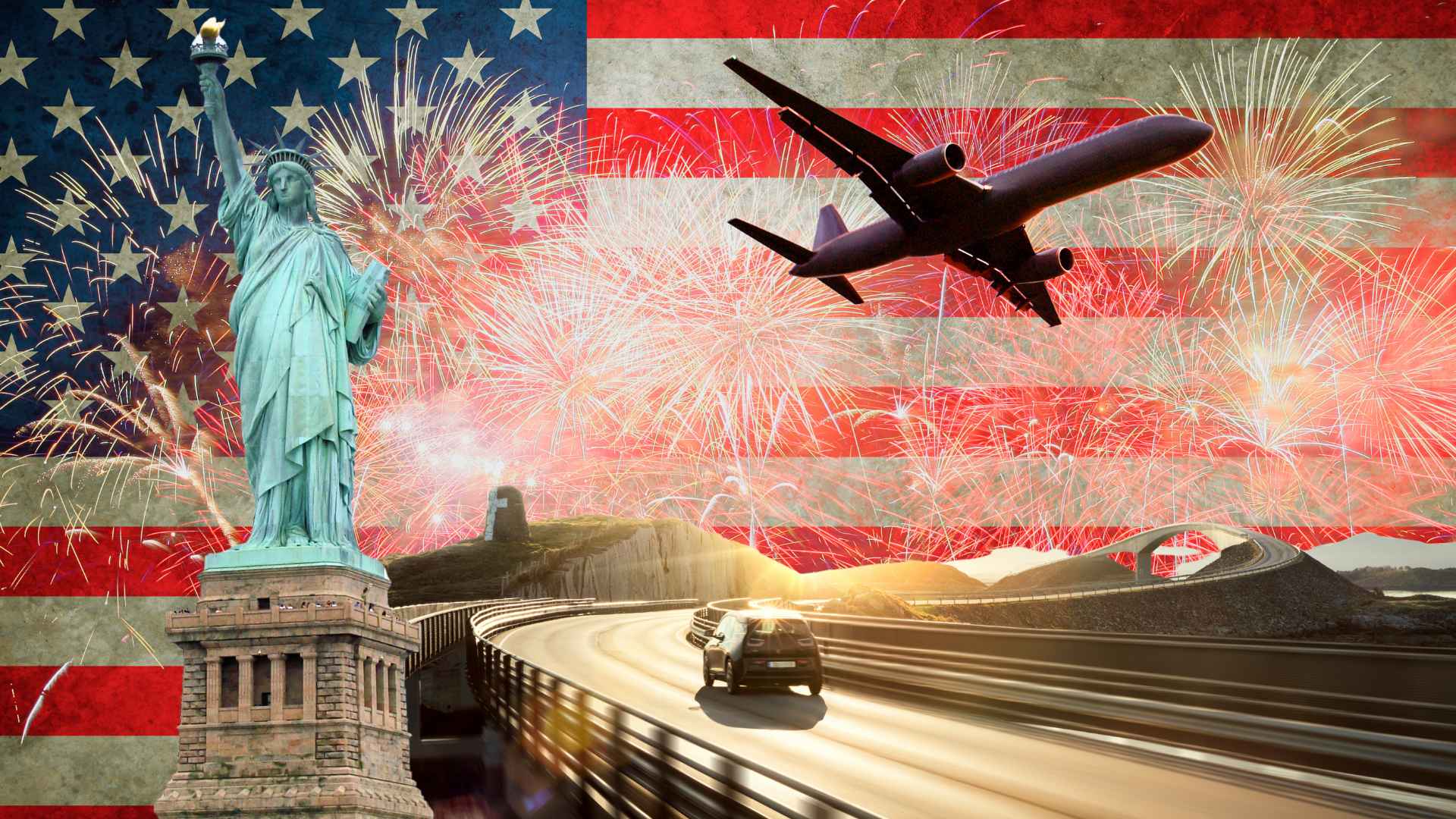More than 72 million Americans are expected to hit the road, skies, and rails during the 2025 Independence Day week, capping the busiest holiday travel period since records began in 2000.
The American Automobile Association (AAA) forecasts that 72.2 million travelers will journey at least 50 miles between Saturday, June 28, and Sunday, July 7. That total is 1.7 million higher than last year and 7 million above pre‑pandemic 2019, reflecting a robust economy, a calendar‑friendly Friday holiday, and surging demand for domestic getaways.
Strong economy and Friday holiday spur millions to plan longer getaways
AAA analysts point to rising household spending power and a three‑day weekend that naturally stretches into a nine‑day window. Vacationers are taking advantage of accumulated paid time off, and many families are booking extended stays at national parks or beach resorts. “After a record Memorial Day, momentum is still building,” noted AAA Travel vice‑president Stacey Barber in the group’s outlook.
Cars will again carry the bulk of celebrants: 60.6 million people—a 2.2 percent jump—plan to drive. Fuel prices have moderated since spring, and the flexibility of packing the trunk continues to beat strict airline baggage limits. Thinking of joining the rush? AAA and traffic‑data firm Inrix warn that the worst congestion will peak between 2 p.m. and 6 p.m. on Wednesday, July 2, and Sunday, July 6. Below is a quick snapshot of how Americans will move this holiday:
| Mode | Travelers (millions) | Change vs 2024 |
|---|---|---|
| Car | 60.6 | +2.2 % |
| Air | 5.74 | +6.5 % |
| Bus / Train / Cruise | 4.6 | +9.0 % |
AAA urges motorists to check tire pressure, battery health, and fluid levels before setting off. A little preventive maintenance now can save a lot of roadside stress later.
Airports brace for busiest Independence Day with nearly six million passengers
Air travel is on track for a historic Independence Day surge, with 5.74 million passengers—up 6.5 percent year over year. Airlines have added capacity on key leisure routes such as New York–Orlando and Los Angeles–Honolulu, while average fares remain mixed. Wondering how to dodge airport lines? Early‑morning departures or red‑eyes on July 3 and July 5 should be your best bet.
Buses, Amtrak lines, and cruise ships will serve 4.6 million holidaymakers, marking the fastest‑growing segment at 9 percent. Many families favor these modes for structured itineraries—think multiday rail passes through national parks or short Caribbean sailings departing Florida.
Peak travel hours and smart scheduling can save time and frustration
Inrix recommends leaving before 10 a.m. or after 8 p.m. to sidestep gridlock. If that’s not feasible, plan rest stops near secondary exits, use real‑time traffic apps, and keep snacks handy—kids and adults alike travel better when no one’s hungry.
With a long weekend, healthy wallets, and pent‑up wanderlust converging, the 249th birthday of the United States is on course to be the most traveled Independence Day in two decades. Pack patience, plan ahead, and you’ll join the celebration—not the backlog.

